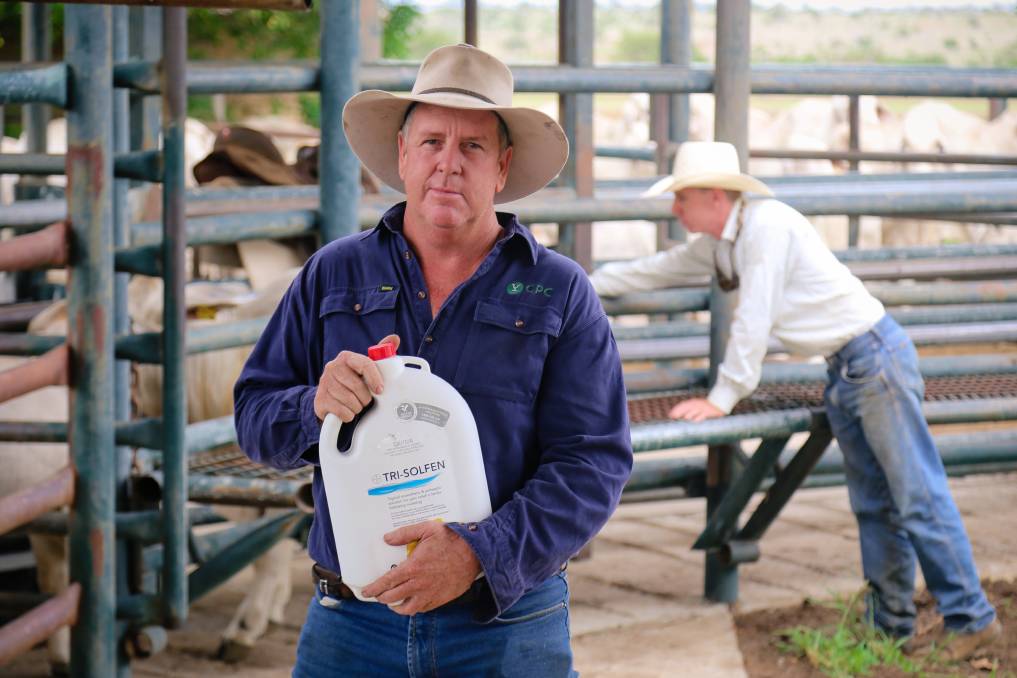N&H TOPLINE: Pain relief after disbudding improves animal welfare
June 15, 2018
There are welfare benefits for dairy calves in connection with disbudding if animals are given local anesthetic plus NSAID pain relief.
Article by Tim Lundeen, originally published 15 June 2018 on feedstuffs.com
A new precision breeding partnership has been formed to eliminate the need to dehorn dairy calves, but the multiyear project has just gotten underway, and implementation and widespread industry acceptance may take years.
According to Aarhus University in Denmark, farmers around the world use various methods to dehorn their animals. For example, in Denmark, dairy farmers may dehorn only calves that are under three months of age using only hot-iron disbudding and only after a veterinarian has given the calf an anesthetic that blocks the pain during the procedure.
Many studies have shown that disbudding hurts not only during the procedure but also for hours or days thereafter and, therefore, has a negative effect on animal welfare, Aarhus said.
The question is if additional pain relief can benefit calf welfare when the calves are disbudded using a hot iron. This is a question that the Danish Veterinary & Food Administration asked DCA—Danish Centre for Food & Agriculture at Aarhus University to elucidate.
Researchers from the Aarhus department of animal science said they have reviewed the literature in the area in order to compare the use of local anesthetic on its own with the use of a combination of local anesthetic and the group of analgesics: non-steroidal anti-inflammatory drugs (NSAIDs).
NSAIDs are a group of drugs that reduce pain, fever and inflammation and are used in people for headaches or joint pain. Veterinary options for NSAIDs or other pain relief medications may be limited by regulations.
NSAID promotes calf welfare
Based on the literature review, the Aarhus researchers concluded that there would be a welfare benefit in connection with using a combination of local anesthetic and NSAID instead of local anesthetic on its own and that this type of treatment would not lead to welfare disadvantages for the animals.
The researchers included a number of indicators based on three different approaches to animal welfare in their assessment of calf welfare following disbudding — namely, the animals’ basic health and production, the animals’ potential to live a natural life and their emotional state, i.e., whether they experience pain, fear or mutual bonding, the university said.
In their report, the researchers concluded that supplementing a local anesthetic with an NSAID provides better pain relief in the first hours and days after disbudding. Using an NSAID in combination with a local anesthetic reduces the immediate welfare consequences caused by disbudding.
More knowledge needed
The researchers pointed out that it could be beneficial to investigate precisely which NSAID and which dosage and type of administration work best in connection with disbudding.
There is also lack of precise knowledge about how long the calves experience pain after disbudding, Aarhus said. The burn lesion heals slowly. Studies indicate that the calves experience pain-related changes in sensitivity in the area surrounding the removed hornbuds for several months after disbudding, the researchers suggested, noting that experience from people is that changes in sensitivity induced by burn injuries are difficult to treat.
One of the report’s important messages, therefore, is that even if NSAID is used optimally, disbudding still remains a problem for calf welfare — no matter which of the three animal welfare approaches is taken.
The report to the Danish Veterinary & Food Administration is available (in Danish) here.
A related article “Welfare Effects of the Use of a Combination of Local Anesthesia & NSAID for Disbudding Analgesia in Dairy Calves — Reviewed Across Different Welfare Concerns” was published in the journal Frontiers in Veterinary Science.
